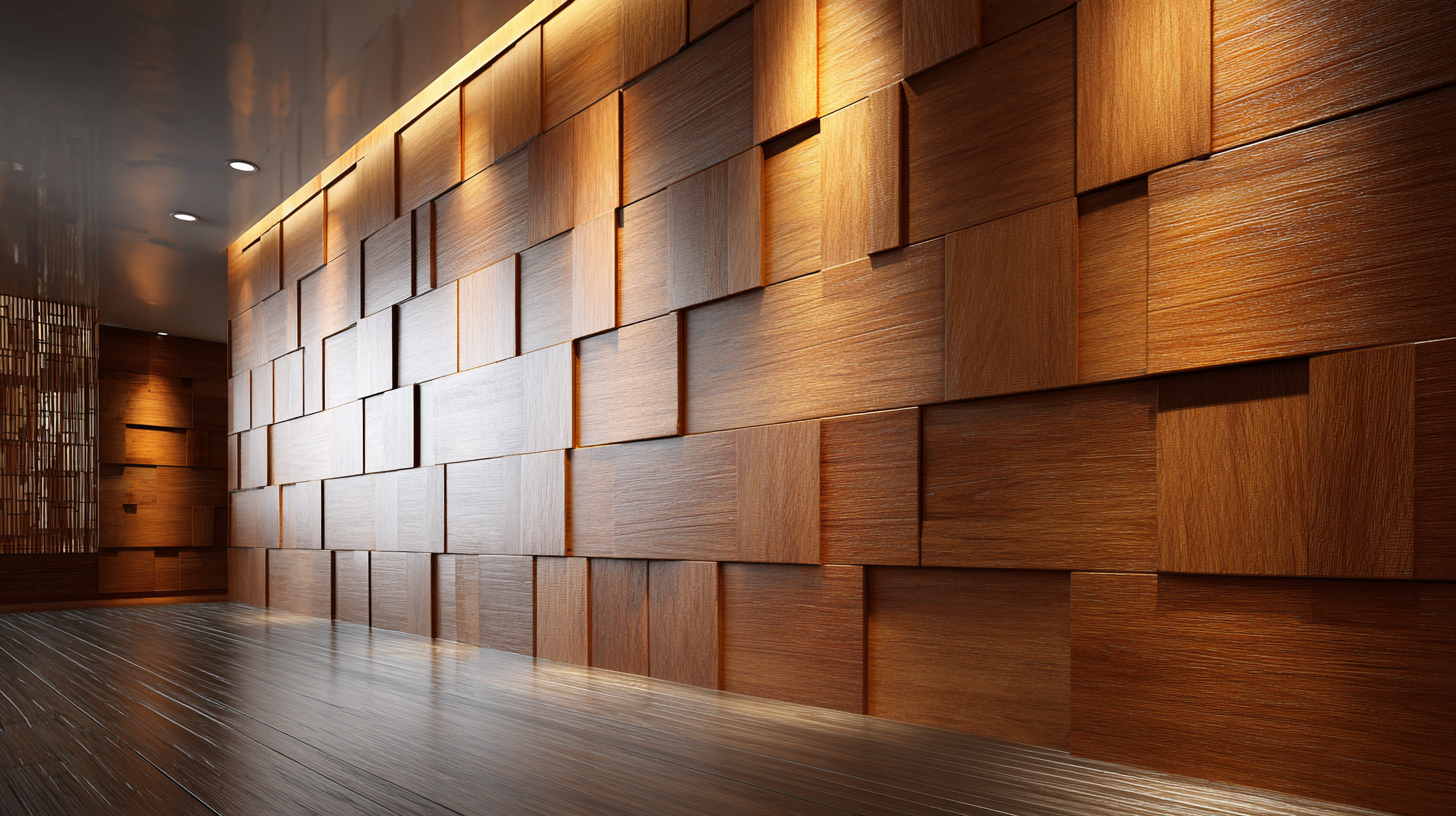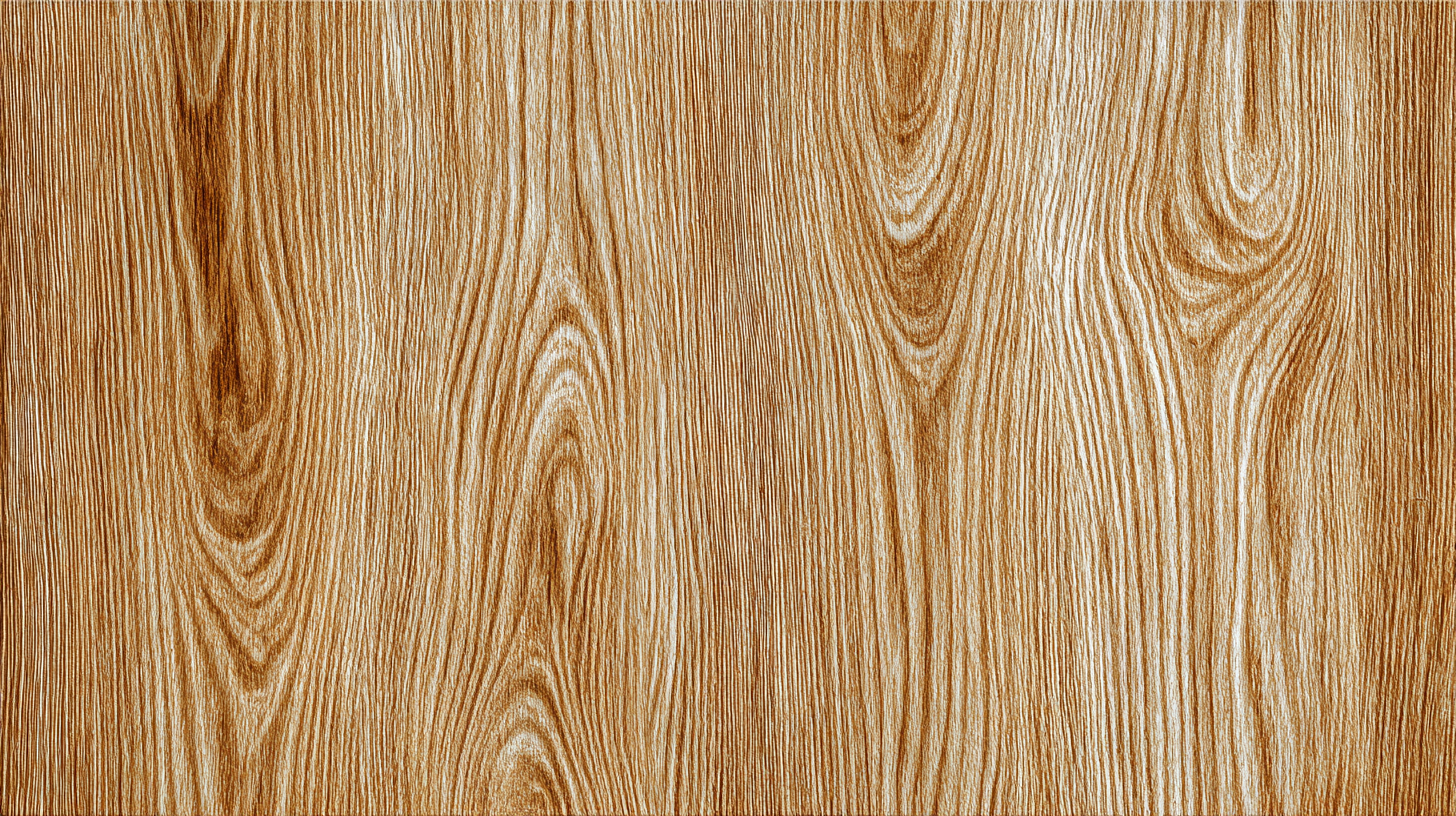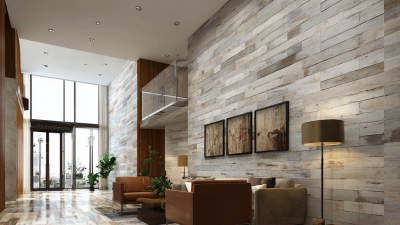Leave Your Message
In recent years, the construction industry has witnessed a significant shift toward sustainable building practices, with an increasing focus on eco-friendly materials. One of the standout innovations in this realm is the Wall Cladding WPC Wall Panel, which merges aesthetic appeal with environmental consciousness. As we look ahead to 2025, it is crucial to explore the top trends influencing the adoption of these advanced wall cladding solutions, promoting both energy efficiency and sustainability in architectural designs.
The Wall Cladding WPC Wall Panel offers an exceptional alternative to traditional materials, combining wood fiber and plastic composites to create durable and weather-resistant exteriors. This introduction sets the stage for a deeper discussion on how these panels not only enhance the visual appeal of structures but also contribute to ecological well-being. With advancements in technology and design, the use of WPC panels is poised to redefine the way we approach building envelopes, making them a core component of green construction strategies in the coming years.
As we delve into the trends for 2025 and beyond, it becomes evident that the Wall Cladding WPC Wall Panel represents more than just a construction material; it symbolizes a commitment to sustainable architecture that balances functionality with environmental responsibility.

In recent years, the architectural industry has experienced a significant shift towards sustainability, with WPC (Wood Plastic Composite) wall panels emerging as a leading solution for eco-friendly building projects. According to recent industry reports, the global WPC market is projected to reach $3.1 billion by 2025, driven by the increasing demand for sustainable building materials. These panels are composed of a blend of wood fibers and recycled plastic, offering a durable alternative to traditional cladding materials while minimizing environmental impact.
Innovations in WPC wall panels have resulted in products that not only meet aesthetic preferences but also enhance energy efficiency. New formulations and manufacturing processes have increased the lifespan of these materials, making them suitable for both residential and commercial applications. Furthermore, advancements in technology have enabled the production of panels that mimic natural wood finishes, allowing architects to create modern designs without compromising on sustainability. As the building sector continues to embrace eco-friendly solutions, WPC wall panels stand out as a testament to the industry's commitment to innovation and environmental stewardship.
This chart illustrates the projected trends in the use of WPC (Wood Plastic Composite) wall panels as sustainable building materials in modern architecture by the year 2025. The data reflects the increasing adoption of eco-friendly building solutions across various regions.
As the construction industry increasingly prioritizes sustainability, WPC (Wood Plastic Composite) wall cladding has emerged as a leading choice for eco-friendly building solutions. These innovative panels not only enhance the aesthetic appeal of buildings but also offer significant environmental benefits. One of the top trends is the use of recycled materials, which minimizes waste and reduces the carbon footprint associated with traditional construction materials. By integrating WPC wall panels into designs, architects and builders can create structures that reflect a commitment to environmental stewardship while maintaining high standards of durability and performance.

In addition to their sustainable composition, WPC wall panels are designed with versatility in mind. They can be crafted to mimic the appearance of natural wood, offering a warm and inviting look without the environmental impact of deforestation. Furthermore, these panels are resistant to moisture, pests, and fading, making them an ideal choice for a variety of climates. As more builders and homeowners seek designs that not only meet functional needs but also align with eco-friendly values, WPC wall cladding will continue to play a pivotal role in modern architectural trends, reflecting a shift towards more sustainable living spaces.
 WPC (Wood Plastic Composite) wall panels are rapidly gaining traction in the eco-friendly construction sector, not only for their aesthetic appeal but also for their impressive energy efficiency and cost-saving capabilities. According to a report by Grand View Research, the global WPC market is projected to reach USD 8.5 billion by 2025, driven largely by rising consumer demand for sustainable building materials. These panels combine the natural look of wood with the durability of plastics, resulting in products that require less maintenance and contribute to lower energy costs.
WPC (Wood Plastic Composite) wall panels are rapidly gaining traction in the eco-friendly construction sector, not only for their aesthetic appeal but also for their impressive energy efficiency and cost-saving capabilities. According to a report by Grand View Research, the global WPC market is projected to reach USD 8.5 billion by 2025, driven largely by rising consumer demand for sustainable building materials. These panels combine the natural look of wood with the durability of plastics, resulting in products that require less maintenance and contribute to lower energy costs.
One of the standout benefits of WPC wall panels is their ability to enhance insulation. Studies indicate that buildings utilizing WPC products can reduce energy consumption for heating and cooling by up to 15% compared to traditional materials. This not only translates to significant cost savings for homeowners and businesses but also aligns with global sustainability goals. Moreover, the integration of recycled wood fibers and plastic in their production process minimizes waste, further appealing to eco-conscious consumers. As the construction industry pivots towards sustainable practices, WPC wall panels are poised to be at the forefront of this transformative movement.
WPC (Wood Plastic Composite) wall panels are gaining popularity in eco-friendly building solutions due to their sustainable properties and aesthetic appeal. To ensure the longevity of WPC wall cladding, proper maintenance is essential. Regular cleaning is paramount; using a mild soap solution and a soft brush can effectively remove dust, dirt, and environmental pollutants without damaging the surface. Avoid harsh chemicals that could degrade the material over time.
In addition to regular cleaning, periodic inspections are recommended to identify any signs of wear or damage. Check for loose panels, cracks, or discoloration and address these issues promptly. Applying a protective sealant can enhance the panels' resistance to moisture and UV damage, prolonging their lifespan. It is also advisable to keep the area around the cladding well-ventilated to prevent mold and mildew growth. By following these maintenance tips, homeowners can ensure their WPC wall cladding remains beautiful and functional for many years.
With the growing emphasis on sustainability in construction, wood-plastic composite (WPC) wall panels have emerged as a leading material in both residential and commercial spaces. According to a recent industry report, the global WPC market is expected to reach $10 billion by 2025, driven by its eco-friendly properties and versatility. WPC panels, made from a blend of recycled wood fibers and plastic, offer durability and resistance to moisture, making them ideal for exterior cladding in diverse climates.
In residential applications, WPC panels can create stunning facades that not only enhance the aesthetic appeal but also improve energy efficiency. Their thermal insulation properties reduce heat transfer, thus lowering energy costs. Commercial spaces are also leveraging WPC for branding and design innovation. For instance, retail environments utilize striking WPC designs to create engaging customer experiences while adhering to sustainable practices. As the demand for eco-friendly building solutions continues to rise, WPC wall panels are proving to be a smart choice for developers and homeowners alike, capitalizing on both functionality and style.







